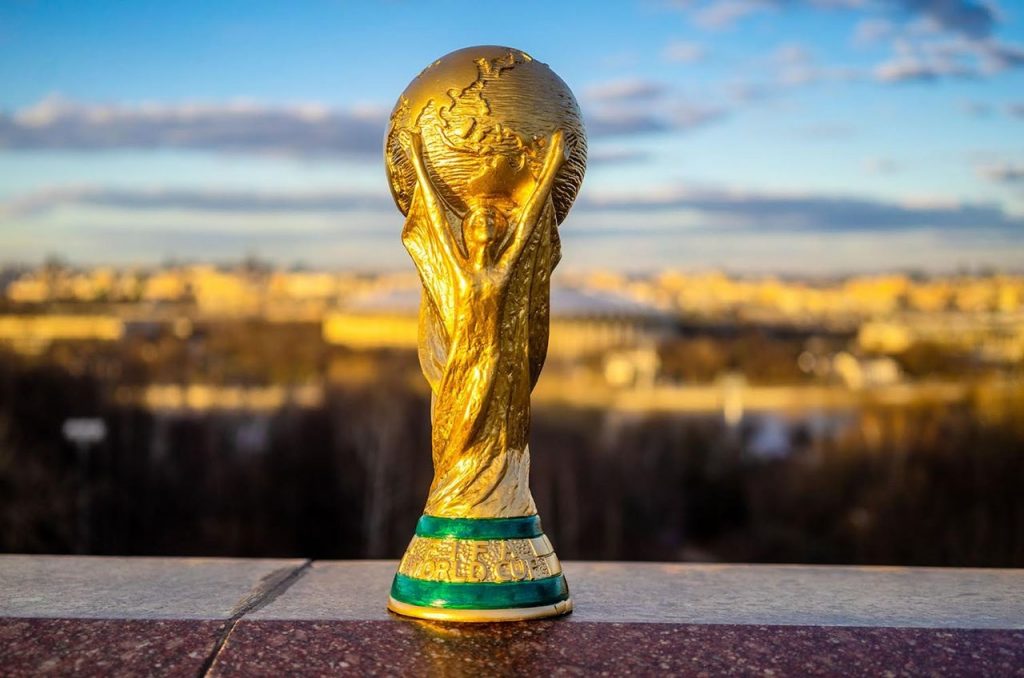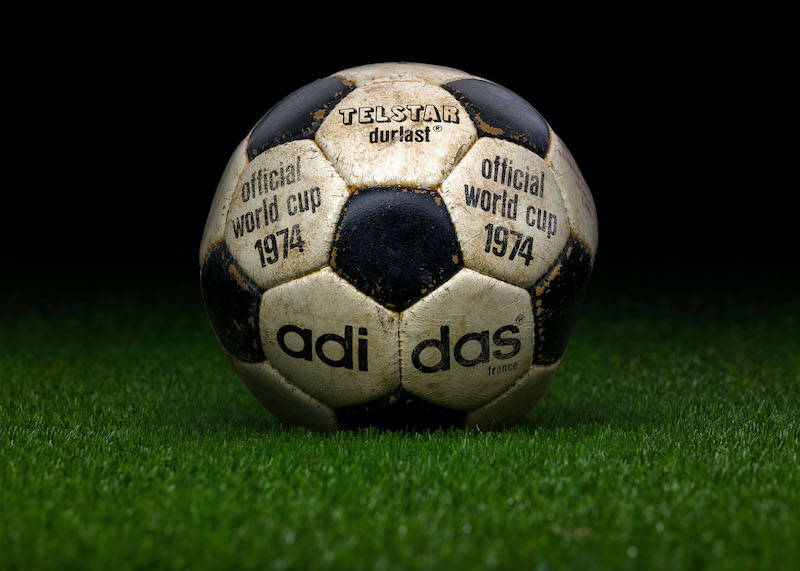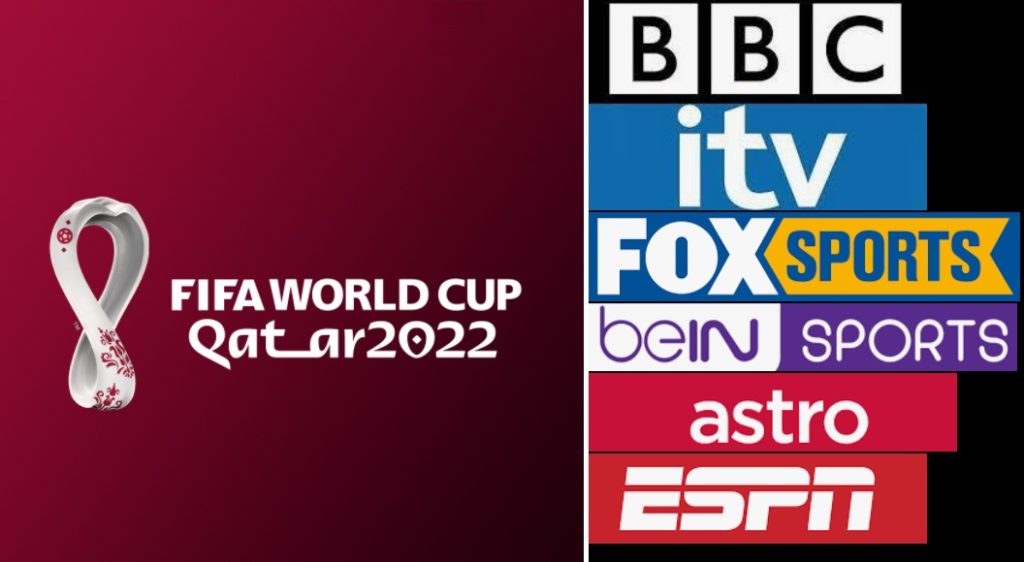Little-Known Fact About The Commercialization of The World Cup
The World Cup officially kicked off in the early morning of November 21, and it wasn’t just the fans who were excited—there were also off-site sponsors.
After nearly a century of development, the World Cup has become the most valuable sports intellectual property in the world. Streaming media are busy competing for broadcast copyrights and producing customized variety shows, while short video platforms seize the time to plan various warm-up activities to compete for wide public concern. Consumer brands are gearing up to formulate communication plans and compete for star endorsements, as well as airlifting their signage to every stadium and street in Qatar.
It is true that many brands and companies have taken advantage of the World Cup and have tasted the dividends of its influence. However, as various sponsorship fees and copyright fees have risen, fans and consumers have questioned the excessive commercialization of the event, and a crack has been quietly torn under the throne of the “money empire” of the World Cup.

From gold swallowing beast to the money printing machine, does commercialization save the World Cup?
The development and commercialization of the World Cup itself have gone through a tortuous process. Several stages of reform and accumulation have achieved today’s grand success.
Phase I: The first World Cup in 1930 when the hosts lost money to make money
In 1930, Jules Rimet, the president of FIFA at the time, took the lead in hosting the first World Cup, which was held in Uruguay. Due to the underdeveloped global transportation at that time, most European countries were in a state of economic depression after World War I. Many countries lacked enthusiasm for this young event and did not intend to form teams to participate.
However, the generous Uruguayan government saw the tournament as a way to improve the country’s image and polish its diplomatic profile, and invested a lot of resources: building a brand new stadium and promising to reimburse all expenses for all teams. In this way, Uruguay and FIFA won the support of 4 European teams, and the first World Cup was attended by only 13 teams in total, without the participation of Asian, African and Oceanian countries.
At this initial stage, the World Cup is not yet the highest honor that all players dream of, let alone a holy land for the nuggets that sponsors flock to, and loss is the main theme.
Phase II: From 1934 to 1950 when laying the foundation for commercialization
Everything is difficult at the beginning, and FIFA also knew that the commercialization of the World Cup cannot be achieved overnight. In the case of summing up experience, FIFA began to implement a series of reforms from the 1934 World Cup in Italy: participating teams were no longer invited by the organizers, but decided through play-offs, increasing the quality of the event and the enthusiasm of the teams to actively participate. The participating teams expanded to 16, and 10 of them were teams from outside Europe, including non-FIFA member countries, and the Egyptian team from Africa was also invited for the first time. Expanding the influence and mass base of the event and increasing the appreciation of the tournament will lay the foundation for future commercialization.
However, plans failed to keep up with changes. The shadow of World War II enveloped Europe, and the young World Cup had no choice but to press the pause button, and it was not resumed until 1950. After restarting, the world has changed. The global economy was worse than it was after World War I, and the populations of European countries withered. The economies of Asian and African countries were also collapsing. All in all, not many countries can bear the heavy economic pressure brought by hosting a World Cup and change was imminent.
In order to make the World Cup no longer a burden for the host country and keep the event alive, commercialization has become the only option.
Phase III: From 1974 to the present when the era of comprehensive commercialization begins
In 1974, Joao Havelange from Brazil, the kingdom of football, succeeded Stanley Ruth as the seventh FIFA president, and immediately launched a series of drastic reforms. The number of teams participating in the Men’s World Cup was increased from 16 to 24, and the development of soccer in Asia, Africa and other regions was strongly supported; a television broadcasting system was introduced to lay the foundation for the promotion and popularity of the World Cup and even the sport of soccer worldwide; and a number of tournaments, including indoor soccer, the U20 Youth Championship and the Women’s World Cup, were created to promote the growth of the soccer population.
Although Havelange was exposed to a bribery scandal in his later years, the outside world gave him mixed reviews. However, it must be admitted that his series of reforms during his tenure were effective: FIFA grew from an unofficial body struggling to survive to a sports money printing machine with annual revenue of billions; and the World Cup has also transformed from an unappealing hot potato to the world’s most expensive super intellectual property.
The first World Cup after Havelange took office, the 1974 World Cup in Germany, became a turning point for the full commercialization of the World Cup.
In the 1970 World Cup in Mexico, FIFA introduced its first partner, Adidas, which provided all the match balls. However, the cooperation between the two parties was still in a tentative state, and they had not jointly carried out off-site commercial development.
By the time of the 1974 World Cup in Germany, Adidas from the host country Germany joined hands with FIFA again to provide a full set of sports equipment for the World Cup. In this World Cup, Adidas still provided match balls throughout the whole process, but compared with four years ago, there has been a significant change: the ball was printed with a huge Adidas logo, which has also become the beginning of sports brand implantation.

In retrospect, it is difficult for us to say who has achieved each of other between Adidas and the World Cup. It can only be said that they met the right partner at the right time and joined hands to create a cooperation myth that belongs to the sports and business worlds.
And they may not have thought that this is just the beginning of the commercialization of the World Cup, far from the peak.
Explosion: Who wins the copyright causes broadcasters to fight
This is the era when the World Cup broadcast rights revenue explosion began. Selling copyrights to more countries and at higher prices has become the most important means of increasing income for FIFA.
In 1986, the BBC and ITV successively spent a lot of money on the copyright of the World Cup broadcast, inviting many celebrities to commentate, and producing special album titles and warm-up programs for the event. In the 1990s, American professional sports rose, and FOX and ESPN became the protagonists of a new round of copyright competitions.
In 1994 and 1998, ESPN won the broadcast rights of two World Cups in a row, and paid $33 million in broadcast fees for this. By 2010 and 2014, the cost of broadcasting rights for the two World Cups had soared to $100 million.
The battle for broadcasting rights to the two World Cups in 2018 and 2022 is heating up, and FOX won the bid for $420 million — a price that has soared 13 times since ESPN won the World Cup broadcasting rights for the first time.
Although the commercial development of the American sports industry is very mature, compared with sky-high copyrights, the broadcasters are also very clear that it is impossible to make up for it with regular fee items. For broadcasters, broadcasting the World Cup is actually a long-term investment.
The influence of the World Cup is not limited to the half-month period when the event is held – the broadcast of the World Cup has a long-term and significant increase in media popularity and public attention. Not only has the number of game viewers hit record highs, but a series of special events and programs tailored for the World Cup have also attracted a large number of potential advertisers.
According to data released by Nielsen, during the 2014 World Cup in Brazil, ESPN’s advertising revenue, which obtained broadcast rights, increased by 42% compared with four years ago, driving a spike in soccer advertising revenue across the United States. However, the increase in attention has given FIFA the backbone to continue to increase prices, but the major broadcasters are still happy with it. When competing with ESPN for the rights to broadcast the World Cup in 2018 and 2022, FOX said directly that this is not the time to calculate the cost, and no company is willing to let go of such a major event as the World Cup.

Since sponsors were first introduced in the 1970s, the World Cup is no longer a purely sporting event—it is a marketing feast where various forces compete and businessmen gather. It must be admitted that commercialization has completed the transformation of the World Cup, continued the vitality of this event, and allowed it to grow step by step. But the endless commercial development is also draining the charm of football.
Fortunately, some changes have quietly occurred. The World Cup, which is about to enter a century, has actually been adjusting itself and re-adapting to the development of this era. Perhaps we should also be more patient and wait, and see.



